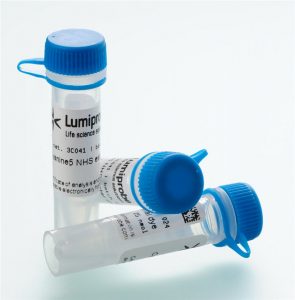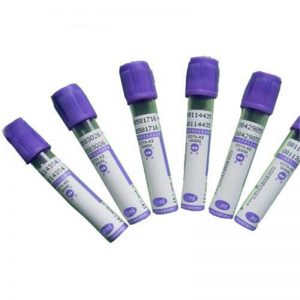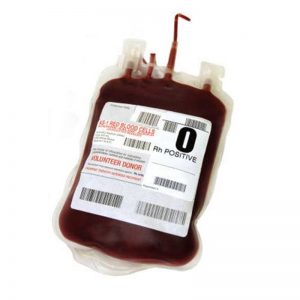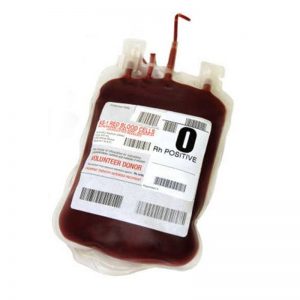Test tube and blood bags labels
As their name suggests, blood bag labels are applied to bags that contain blood specimens. Consequently, it is exceptionally important for the labels to identify every conceivable form of data that could impact the integrity of the blood found in the bag, including: blood type, the date on which the blood was collected, from whom it was collected, and the expiration date. Therefore, blood banks, hospitals and other medical care facilities, need blood bag labels that feature these critical forms of information.
At RYLabels, we have over ten years of experience in developing blood bag labels and other critical labeling resources that help hospitals, blood banks, physicians, and pharmacies make fewer errors. Therefore, our products support positive health outcomes for patients and, in turn, help to reduce unnecessary medical costs that can drive up insurance premiums, and lead to longer waiting periods to see physicians and receive treatment.
Blood Bag Labels – Delivering the Right Blood in the Field
Hospitals have had blood warmers for decades, but most of the blood warmers found in healthcare facilities are stationary equipment that is used in the hospital setting. So, what can be done about patients who need blood transfusions in the field, such as after they are injured in battle or experienced a bad car accident that traps them in the vehicle, even as they continue to experience blood loss? In these situations, deploying portable blood warmers is the answer.
Portable blood warmers heat blood to the body’s natural temperature (roughly 98 degrees) before dispensing a blood transfusion. Warming blood before it is infused helps prevent blood infusion induced hypothermia — a condition that complicates the treatment of injury patients when they arrive in hospital — and helps to prevent post-surgery related infections by ensuring that the body’s natural defense system is not compromised due to low body temperature.
Well-designed blood warmers, many of which are manufactured to be disposable after a single use, supply healthcare providers with essential information for treating patients, such as the temperature of the blood, the rate at which the blood is dispensed, and how much blood is dispensed. However, the blood warming unit and the container of blood to which it connects are two different components. This is why it is important to thoroughly label blood bags before use.
Onze cryogene labelstocks Low Temperature-label maken de betrouwbare identificatie mogelijk van plastic en glazen vaten die langdurig worden opgeslagen in vloeibare stikstof of diepgevroren. Desktoplaser, conventionele inkt en thermische transferbedrukbare films, ze zijn ideaal voor gebruik in klinische laboratoria, biomedisch onderzoek en andere wetenschappelijke omgevingen.
Met een cohesieve binding die hoog genoeg is om thermische schokken te weerstaan, kunnen de labelstocks direct worden ondergedompeld in vloeibare stikstof bij -196°C zonder risico op delaminatie. Het label voor lage temperaturen kan variabel worden bedrukt via thermische overdracht of laser, waardoor het gebruik van markeerstiften voor identificatie wordt geëlimineerd en het risico op menselijke fouten die onleesbare markeringen of verkeerde etikettering veroorzaken, aanzienlijk wordt verminderd. Gebruikers kunnen ook de batch met fijne details en streepjescodes afdrukken die nodig zijn voor kleine flesjes en reageerbuisjes, zodat alle informatie behouden blijft.
For tracking and labeling blood bags, RYLabels recommends a durable polypropylene labeling material resistant to moisture. These features are ideal for blood bag labels. You’ll also want to use a thermal transfer label to ensure high quality and durability – This way you can be sure to produce a sharp, smear proof and long lasting barcoded label that can withstand storage in a refrigerator or freezer unit.
RYLabels offers vial and test tube label options, ranging from high quality paper to synthetics and durable polyesters. Our labels track samples in the areas of chemistry, hematology, virology, genetics, DNA sequencing, forensics and drug discovery, for purposes ranging from diagnostic testing to disease prevention testing, and more




